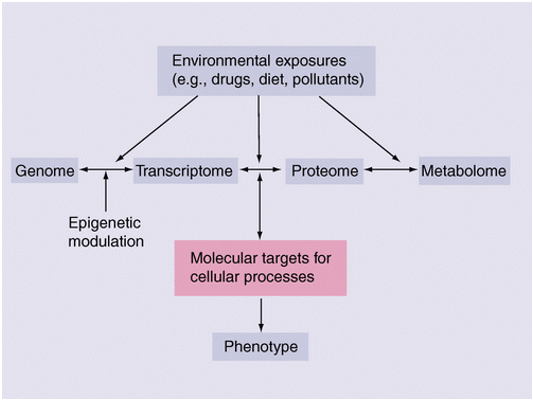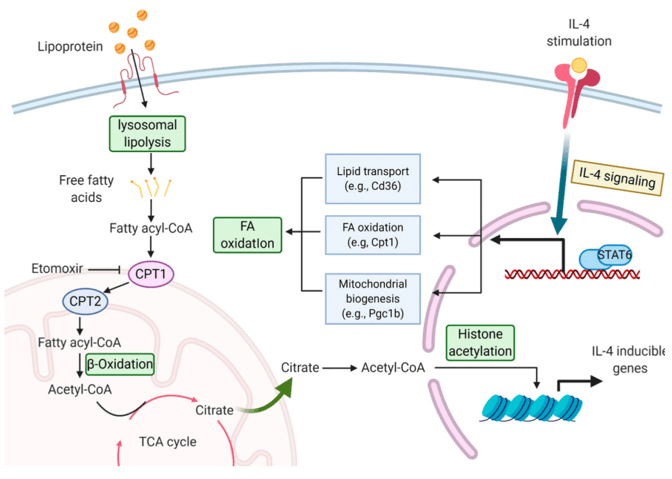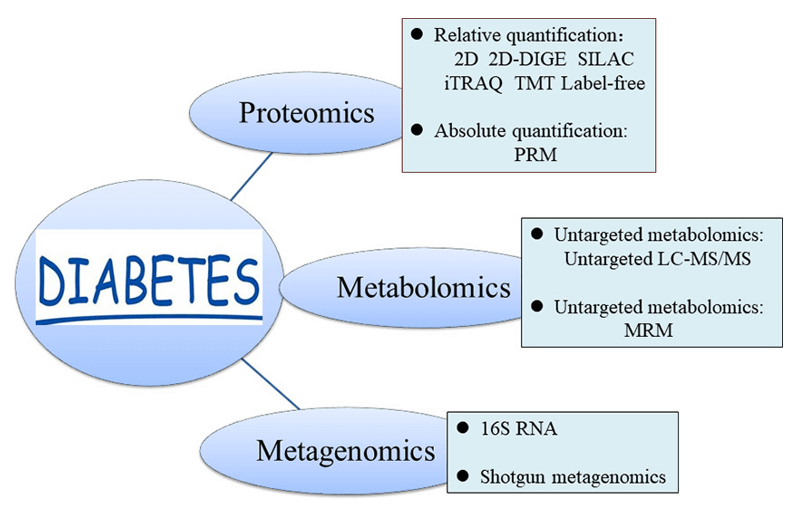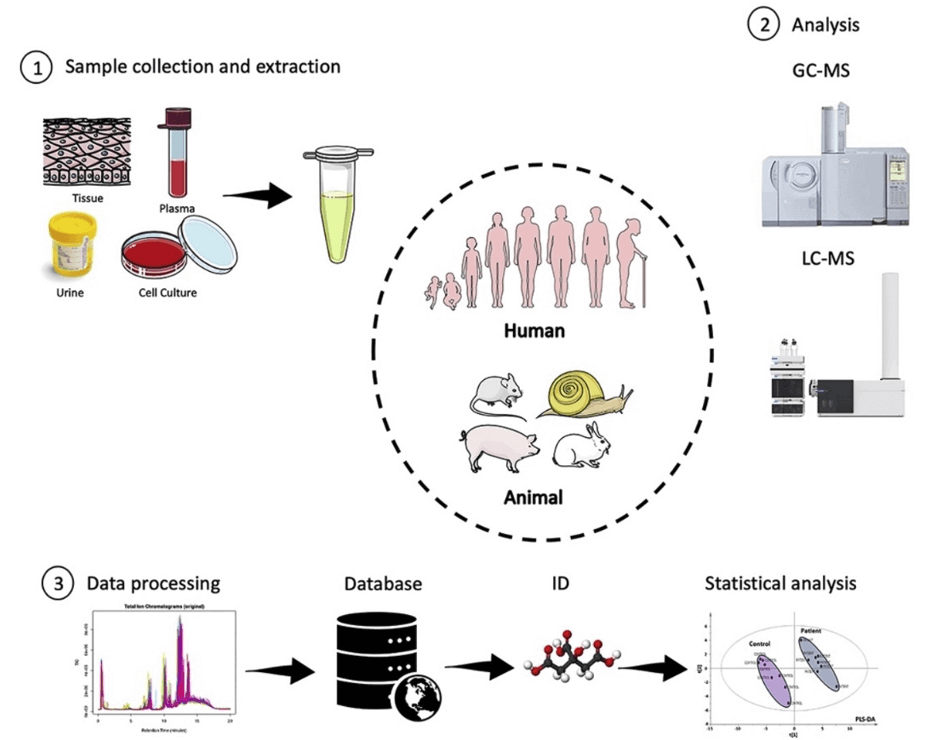2-phosphoglycerate Analysis Service
Submit Your InquiryWhat is 2-Phosphoglycerate?
2-Phosphoglycerate (2-PG) is a vital intermediate that plays a significant role in several metabolic pathways. These pathways include glycolysis, the pentose phosphate pathway, and the Calvin cycle. During glycolysis, 2-PG is produced from the conversion of glucose to pyruvate, and subsequently, the enzyme enolase converts it to phosphoenolpyruvate (PEP). In the Calvin cycle, 2-PG is generated when the enzyme Rubisco fixes carbon dioxide and then converted to glyceraldehyde-3-phosphate (G3P). It is evident that comprehending the role of 2-PG in these metabolic pathways is essential for a diverse range of applications, including biofuel production and drug discovery.
For instance, researchers can gain insights into how metabolic pathways are regulated and how they respond to changes in the environment by analyzing the levels of 2-PG in different cell types and under various conditions. In addition, studies have shown that elevated levels of 2-PG can stimulate the production of erythropoietin (EPO), a hormone that regulates the production of red blood cells. Consequently, there has been an interest in using 2-PG as a potential therapeutic target for the treatment of anemia and other blood disorders.
Moreover, researchers have delved into the role of 2-PG in cancer metabolism, considering that many tumor cells exhibit altered glucose metabolism compared to normal cells. By examining the levels of 2-PG in cancer cells, researchers can gain insights into the altered metabolic pathways in cancer and identify potential targets for cancer therapy. Thus, it is crucial to have a better understanding of 2-PG's involvement in metabolic pathways, which could have significant implications for various medical applications.
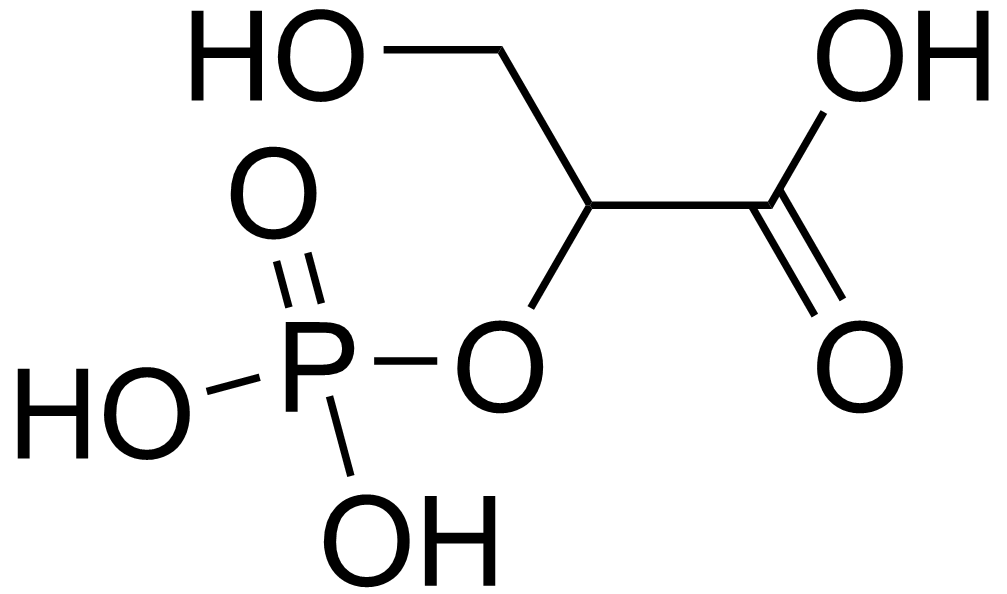 Molecular structure of 2-phosphoglycerate
Molecular structure of 2-phosphoglycerate
2-Phosphoglycerate Analysis in Creative Proteomics
Creative Proteomics offers 2-PG metabolites analysis. Our team of experts utilizes advanced technologies such as liquid chromatography-tandem mass spectrometry (LC-MS/MS) to provide accurate and reliable data.
We offer both targeted and untargeted metabolomics approaches, allowing researchers to focus on specific metabolites of interest or to gain a broad overview of cellular metabolism. Our team also has extensive experience in sample preparation, ensuring that samples are properly processed and analyzed for optimal results.
Technical Route of 2-phosphoglycerate Analysis
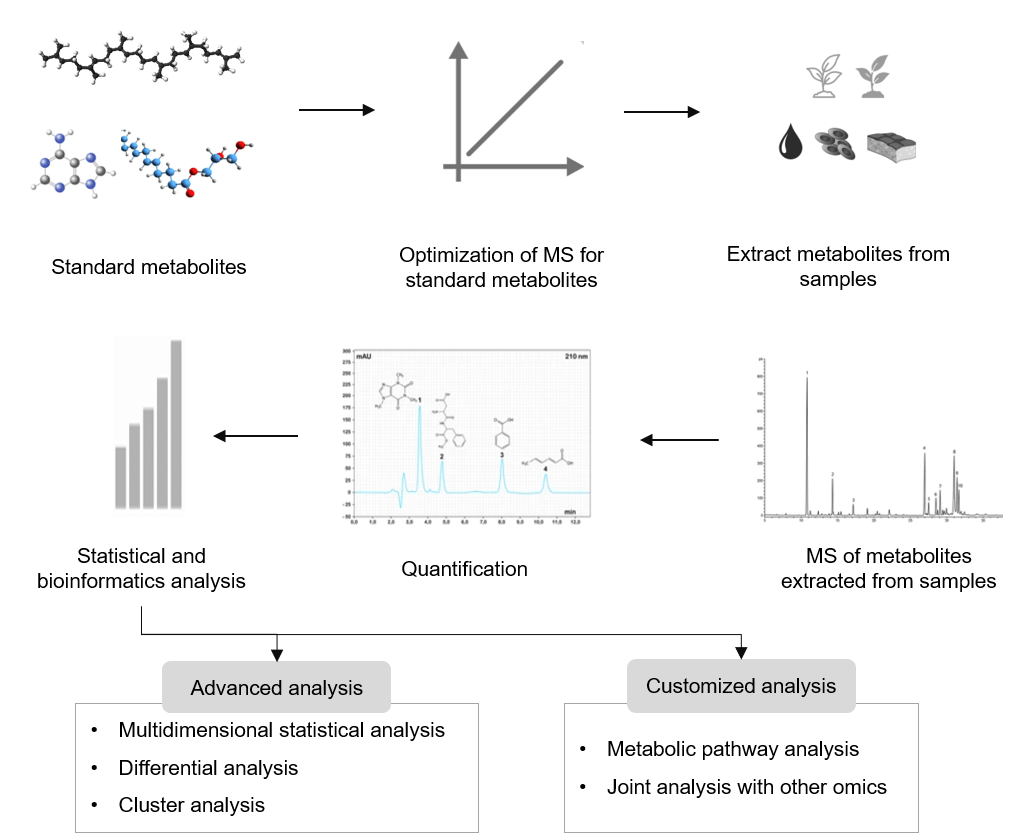
Feedback to Customers
Creative Proteomics will provide you with detailed technical reports, including
- Experimental steps
- Related mass spectrometry parameters
- Part of the mass spectrum picture
- Raw data
- Metabolic molecular identification results
Creative Proteomics offers several approaches to metabolomics studies, delivers precise and detailed data and analysis report. We can also customize the methods or establish new methods together with our collaborators, so they are fit-for-purpose and meet your specific needs. If you have any questions or specific requirements, please feel free to contact us.
References
- Riera-Borrull M, Rodríguez-Gallego E, Hernández-Aguilera A, et al. Exploring the process of energy generation in pathophysiology by targeted metabolomics: performance of a simple and quantitative method. Journal of the American Society for Mass Spectrometry, 2015, 27(1): 168-177.
- Kim M J, Lee M Y, Shon J C, et al. Untargeted and targeted metabolomics analyses of blackberries – Understanding postharvest red drupelet disorder. Food Chemistry, 2019, 300:125169.
- Wang X, Zhao X, Zhao J, et al. Serum metabolite signatures of epithelial ovarian cancer based on targeted metabolomics. Clinica Chimica Acta, 2021, 518: 59-69.




